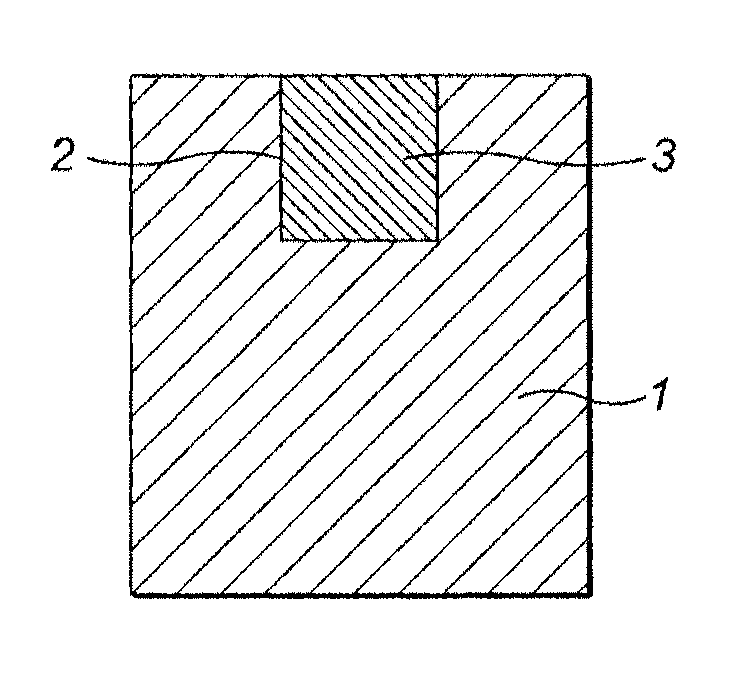Method for growing plants
a technology of growth substrate and propagation method, which is applied in the field of coherent propagation growth substrate product, can solve the problems of insufficient water available for seeds and seedlings, impractical saturation of the ground with water, and difficulty in bringing all crops to harvest simultaneously, so as to improve the quality of growth substrate and reduce the capillarity. , the effect of easy removal of growth substrate produ
- Summary
- Abstract
- Description
- Claims
- Application Information
AI Technical Summary
Benefits of technology
Problems solved by technology
Method used
Image
Examples
example 1
[0113]The water holding capacity of a MMVF substrate and silt loam were tested in accordance with EN 13041-1999. The MMVF substrate was a stone wool fibre product with a phenol-urea formaldehyde (PUF) binder and a non-ionic surfactant wetting agent. The results are shown in FIG. 7.
[0114]The MMVF substrate has a maximum water content of 90%vol. When the MMVF substrate gives off water, it retains about 2-5%vol of water. This means that the MMVF substrate has a buffering capacity of 85-87%vol. This shows that the MMVF substrate has a high maximum water content, as well as a lower water retention level.
[0115]The maximum water content of the silt loam is lower than the MMVF substrate. The capillarity of the silt loam is much higher than that of the MMVF substrate, which means a suction pressure of several meters is needed to withdraw water from the silt loam. This means that the silt loam soil will easily drain water from the MMVF substrate as soon as the soil is no longer fully saturate...
example 2
SAP (Superabsorbent Polymer) Examples
[0116]Plugs made of a stone wool fibre product with a cured hydrophilic binder were provided. The plugs were cylindrical with a height of 28 mm and a diameter of 20 mm. Each plug was drilled to form a cylindrical cavity that had a height of 15 mm and a diameter of 5 mm. In the examples of the invention, five dry granules of superabsorbent polymer were positioned at the bottom of the cavity. The plugs were completely saturated with nutrient solution. A tomato seed was planted in each plug. After 14 days of growth, the plugs were planted in a garden soil mixture with a water content of either 30% or 50%. After a further 3, 7 and 14 days the weights of the plants were measured.
Reference Examples
[0117]The reference examples were plugs made of a stone wool fibre product with a cured hydrophilic binder. The plugs were cylindrical with a height of 28 mm and a diameter of 20 mm. No cavity was created in the reference samples and no SAP was present. The p...
PUM
| Property | Measurement | Unit |
|---|---|---|
| volume | aaaaa | aaaaa |
| volume | aaaaa | aaaaa |
| density | aaaaa | aaaaa |
Abstract
Description
Claims
Application Information
 Login to View More
Login to View More - R&D
- Intellectual Property
- Life Sciences
- Materials
- Tech Scout
- Unparalleled Data Quality
- Higher Quality Content
- 60% Fewer Hallucinations
Browse by: Latest US Patents, China's latest patents, Technical Efficacy Thesaurus, Application Domain, Technology Topic, Popular Technical Reports.
© 2025 PatSnap. All rights reserved.Legal|Privacy policy|Modern Slavery Act Transparency Statement|Sitemap|About US| Contact US: help@patsnap.com



